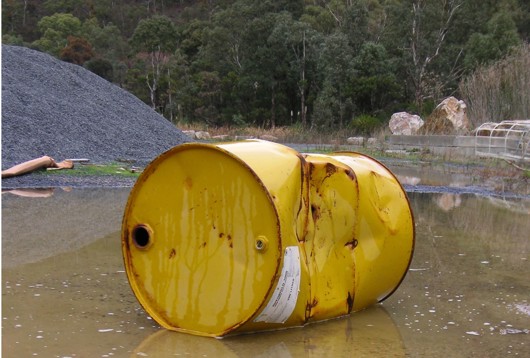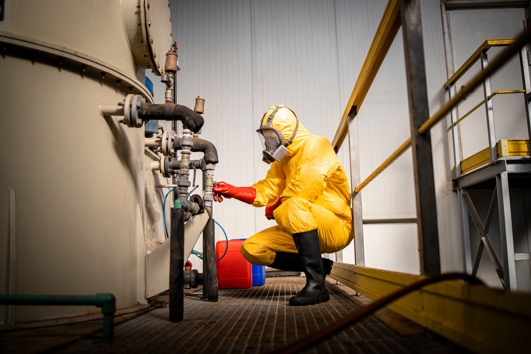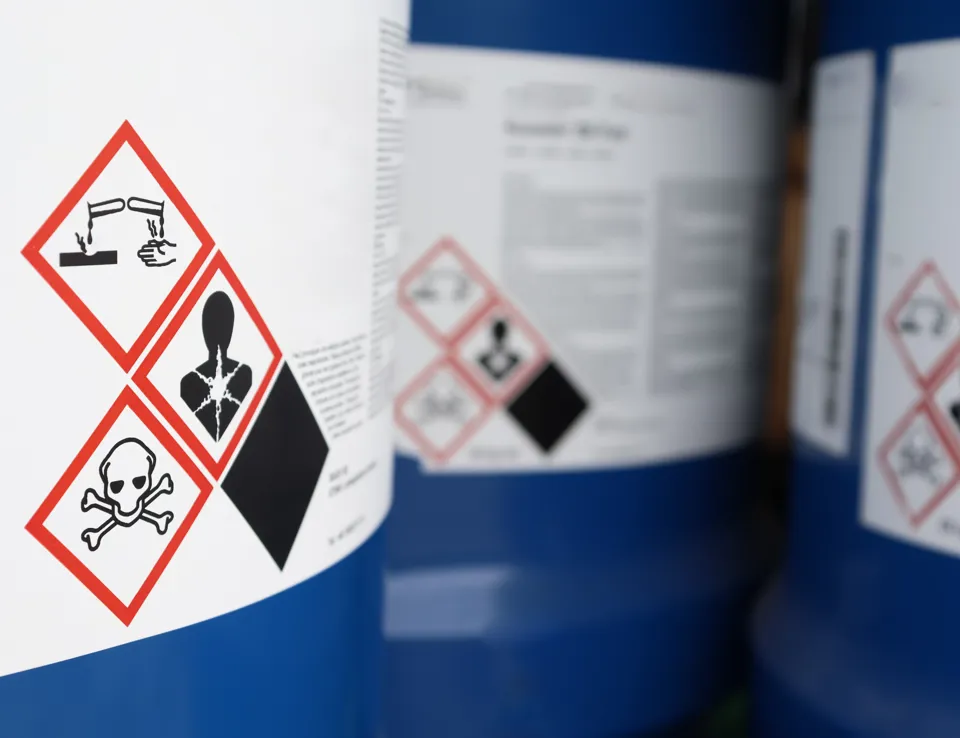
Ricardo's chemical experts operate an emergency response helpline that operates 365 days a year, 24/7, providing an uninterrupted, reliable service.
We provide specialist 24/7 helplines, software and advice to help you comply with chemical safety regulations and mitigate risks to your organisation and supply chain. Our tailored services and global reach help you safeguard your business operations and protect your bottom-line.
Accessed through a network of international telephone numbers and local language speakers, this service helps organisations operating in the chemical sector to comply with the complexity of international chemical safety regulations. Our team mitigate impacts to people, the environment, assets and reputation, and provide a consistently high quality of response and transparency across global organisations.
To highlight the incredible work that our chemical emergency response team does around the clock, we've chosen a few calls and stories to share.
Phosphoric acid leak

We received a call from a fire and rescue service (FRS) crew that had been called to a dockside waiting area where a lorry driver had reported a release of phosphoric acid from a jerrycan. The can was located near the middle of the road and appeared to be leaking quite slowly with only 2 or 3 litres having escaped. The crew at the scene did not have information on the hazards of the product and wished to know if gas-tight suits were necessary or if breathing apparatus and fire kit would be sufficient.
The crew was keen to resolve the incident quickly to prevent it from escalating and to enable the lorry driver to continue his journey as the ferry was refusing it entry.
Our emergency responder (ER) advised that gas-tight suits were likely to be unnecessary for the size of the spillage and explained the hazards associated with phosphoric acid. The ER recommended that the best course of action would be to place the damaged jerrycan in an over-drum that contained absorbent granules, which could then be disposed of along with the damaged jerrycan. We cautioned the caller about the possibility of the jerrycan falling as it was removed and that the fire officers should wear full fire kit, breathing apparatus and protective gloves. The situation was quickly resolved, and the lorry driver caught the ferry later that evening
Accident at a commercial greenhouse

We received a call from a FRS crew member who was attending an incident at a commercial greenhouse. Five people had been working in the greenhouse, applying two different chemical products to some plants. Four of them were feeling unwell and one had passed out. Their symptoms had to started to subside once they had been moved out of the greenhouse into fresh air.
Our ER contacted the manufacturers of the products and obtained the relevant product hazard information. Based on this information and the fact that both products were heavily diluted, it was advised that it was unlikely that the chemical products being used were the cause of the symptoms described. We then discussed alternative theories with the FRS crew about the cause, such as an exposure to a potentially toxic plant, food poisoning or an excessively high temperature in the greenhouse. It was agreed that the temperature was the most likely cause of the symptoms, but that the clothing worn by the workers would either be laundered thoroughly or disposed of as a precaution against contamination.
Industrial cleaner releases gas upon heating

We received a call from an employee of a company who had been using an industrial cleaner in a plastics moulding factory. It was being used in a way that involved it being heated to 300°C for an hour. The heat had caused the cleaner to decompose, which resulted in a gas be emitted to which several employees had already been exposed.
Our ER advised that the gases and fumes being produced were likely to be an irritant, and exposed employees should be monitored for symptoms and should seek medical advice as a precaution. The ER then contacted the manufacturer of the product and was given details about the composition of the product and the gases involved. Using this information, our ER was able to further advise the caller on the hazards of the gases and precautionary actions that could be taken to safely remediate the scene.
In a later call, the employee explained that the product would continue to be used in the same way. Our ER provided guidance on suitable personal protective equipment (PPE) that could be worn to protect workers from further exposure.





 Follow Ricardo plc for regular updates
Follow Ricardo plc for regular updates




